By Ya Libnan Editorial board
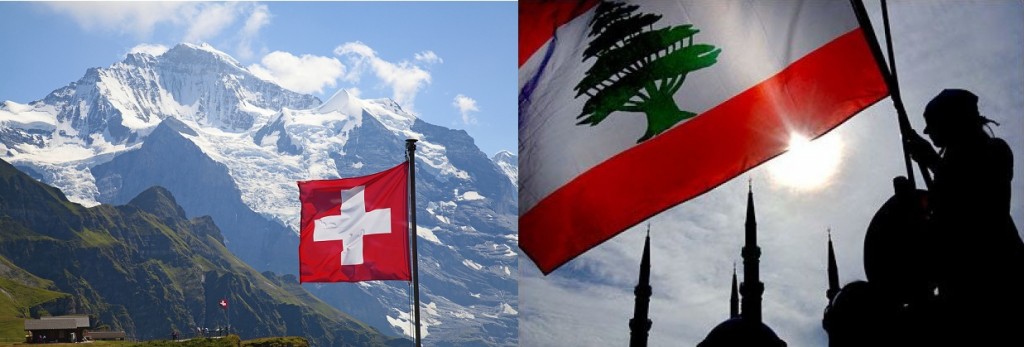
Ever since we can remember while we were growing up in Lebanon , we were always told that Lebanon Is the Switzerland of the East , but as events have shown , Lebanon today does not resemble Switzerland in anything . The purpose of the article is to explore the possibility of adopting the Swiss model of government in Lebanon to save the country from collapse.
The idea came to our mind recently after hearing Patriarch Becahar Boutros Al Rai’s calls for neutrality in Lebanon and for holding an international conference to help save Lebanon.
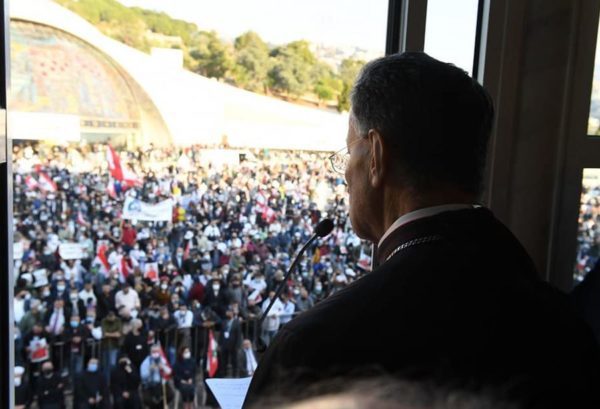
We think this is a great opportunity to change the Lebanese political system that has failed the country badly with a system that has been very very successful
Switzerland and Lebanon are both complex multi-communal societies. They both have a long history of trying to manage pluralism, some with more success than others.
Switzerland can provide valuable lessons for Lebanon, although the model may not be transplanted as is. Lebanon needs to develop its consociational democratic institutions in ways that reflect its unique circumstances.
Historically Switzerland has not always been a nation state. It was a loose alliance of autonomous cantons but since 1848 the Swiss Confederation has been a federal republic of relatively autonomous cantons, some of which have a history of confederacy that goes back more than 700 years, putting them among the world’s oldest surviving republics.
Switzerland adopted the federal constitution in 1848, amending it extensively in 1874 and establishing federal responsibility for defense, trade, and legal matters, leaving all other matters to the cantonal governments. From then, and over much of the 20th century, continuous political, economic, and social improvement has characterized Swiss history.
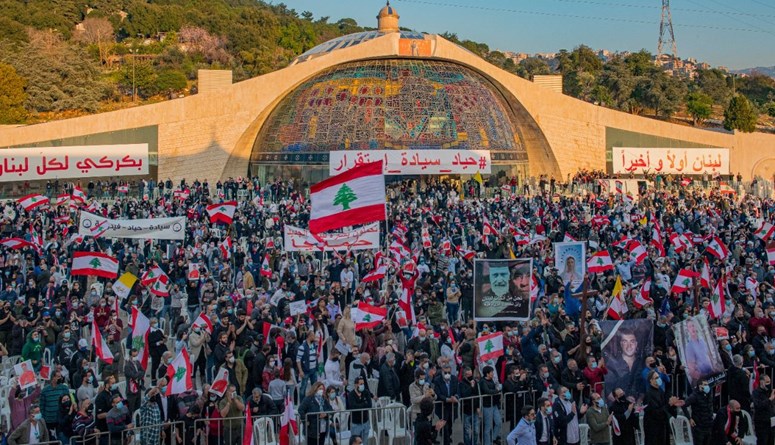
The history of Switzerland since 1848 has been largely one of success and prosperity. Industrialisation transformed the traditionally agricultural economy, and Swiss neutrality during the World Wars and the success of the banking industry furthered the ascent of Switzerland to its status as one of the world’s most stable economies.
Switzerland signed a free-trade agreement with the European Economic Community in 1972,, but it has notably resisted full accession to the European Union (EU) even though it is surrounded by EU member states
Like in Lebanon, no party dominates in Switzerland and, more importantly, each canton has its own constitution, parliament, government, and courts. The Swiss model is a well-balanced mechanism that caters for the country’s many different aspects. It has four official languages and large geographical differences, but they coexist. Federalism was key to the transformation of Switzerland, as well as its neutrality among Europe’s big countries, such as France and Germany. On a security level, each canton has its own police force, while the federal police organization focuses on federal competences.
Lebanon in its current structure has never been a viable solution
A highly decentralized system might be the only solution for Lebanon. Let each community have its own security, protection and electoral targets.
Like Lebanon, Switzerland, is a small country yet it has a political and legal structure that allows its various parts to live together.
Lebanon is a country of minorities and the Swiss model of government may prove to be the most suitable to protest rights of all these minorities .
Many think that confessionalism is the problem but abolishing it would condemn the minorities and paves the road to ruthless dictatorships.
Lets face it each minority in Lebanon has its own culture , its own customs and its own believes . These are differences that cannot be denied or ignored, but like the Swiss we can recognize these differences while still living together under the rule of law.
All Christian minorities need to feel represented. The Druze need to feel represented. The Shiites need to feel represented. Sunnis need to feel represented. Every community needs to feel represented and protected by the nation.
The very existence of Lebanon as a nation state is under threat today and the status quo cannot go on for much longer.
Could we build this in Lebanon? Could we accept that we are in a crisis and need to move on to something new?
What Cardinal Bechara Boutros al Rai proposed may be the first step towards a solution. Rai proposed a UN sponsored conference to help save Lebanon from collapse
We recommend that the focus of the conference should be to agree on the implementation of the Swiss model of governance in Lebanon .
To help expedite the change we recommend that the UNIFIL’s role in Lebanon should be expanded to help in the supervision and implementation of the Swiss model in every canton .
Once a decentralized system is put in place, we would be able to have federal laws that allow for broader secular system. This decentralized system would also create healthy competition that would push Lebanon toward economic excellence.
Switzerland and Lebanon
Switzerland historically faced social divisions such as
- Religious differences, which resulted in several wars between Swiss Catholics and Protestants during the 19th century.
- Social differences between the rich and the poor, which were alleviated by the creation of a mixed economy and the development of rural areas;
- Linguistic and cultural differences, which were reflected in geographical distribution and have gradually become accepted by Swiss citizens.
Some of the chief differences between the situations in Switzerland and in Lebanon
- Geographic Location: The geographic location of Lebanon has resulted in the country being drawn into several regional conflicts. Such regional tensions, including the status of Palestinian refugees who settled in Lebanon and the wars between the Arabs and Israel, have created internal and external pressures in Lebanon which have contributed to violent domestic conflicts.
- Sectarianism: The 1989 Taif agreement, which ended the Lebanese civil war, was intended to end sectarian conflict. However, many of its terms have not yet been fully implemented
Lebanon’s problems keep repeating themselves for four chief reasons:
- A political culture that favors religious and confessional loyalties over voting based on issues, and that portrays politics as a tool to obtain services and not as a means for national reform;
- Persistent economic problems;
- The geographic and political positioning of Lebanon. Lebanon is bordered by two problematic states: Israel, whose recognition is difficult for the Lebanese political system to accomplish; and Syria, who does not effectively recognize the territorial sovereignty of Lebanon;
- The religious conflict intrinsic to Lebanon’s pluralism.
Lebanon lives in a condition that is similar to Switzerland two centuries ago and the only way to lift it from its current situation is for its citizens to put the country first, focus on development, and maintain neutrality within the region,
While Switzerland has developed a culture of compromise based on institutions that allow diverse groups to feel represented and active in their government, Lebanon struggles with a problematic regional environment and citizens uncertain of how to define their identity.
Here are five institutions that characterize the Swiss political model:
A multicultural state that recognizes and serves all of its citizens
The federal system, that allows the Swiss cantons to enjoy autonomy
The bicameral parliament
Proportional representation that prevents the majority from ruling over the minority;
Direct democracy that ensures the inclusion of Swiss citizens in governance.
The support that Switzerland received from Europe helped the country become what it is today. In comparison, Lebanon is surrounded by authoritarian regimes and besieged by regional sectarian divisions.
Identity Conflict: The conflict in Lebanon revolves primarily around issues of religion and identity rather than socio-economic concerns, leaving Lebanese youth struggling to define their identity.
INSTITUTIONS FOR FINDING COMMON GROUND
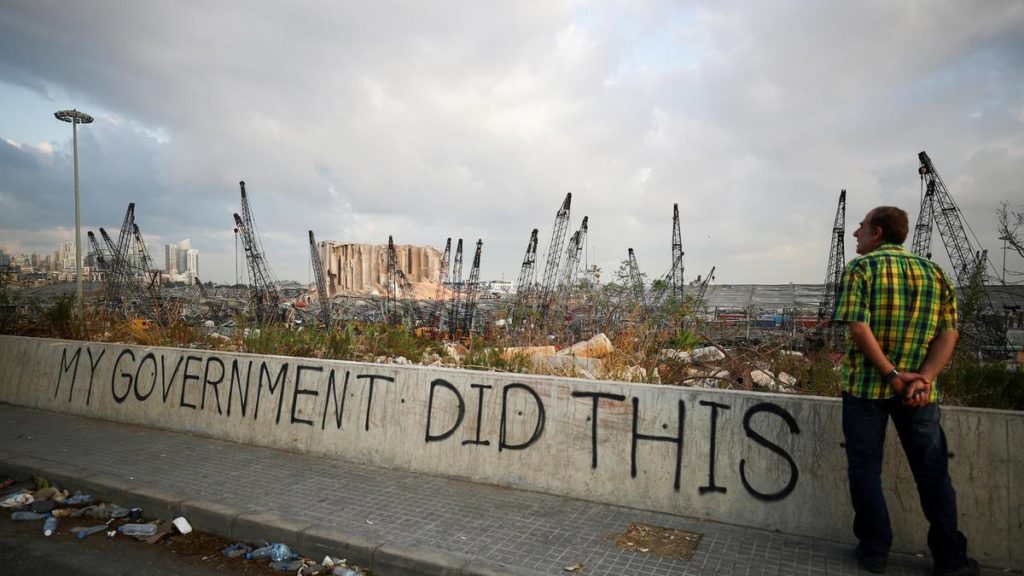
A comparison of Swiss and Lebanese processes for making political decisions revealed some of the problems in the Lebanese system, including the heavy role played by both regional and personal interests.
Decision-Making in Switzerland: The Swiss confederation system has proven to be effective. In this system, both citizens and politicians take part in the process.
Cantons:
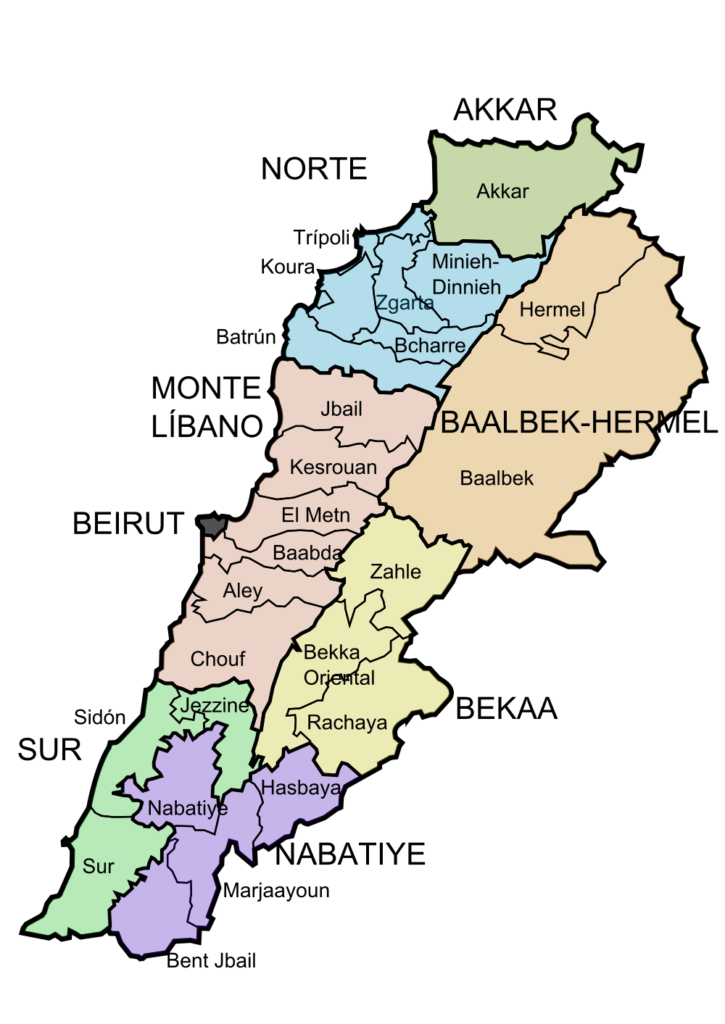
While Switzerland has 26 cantons or districts Lebanon has 25 Qadaa’s or district and 8 muhafazat or governorates
| Governorate | District Qadaa | |
| Aakkar | Aakkar | |
| Baalbek-Hermel | Baalbek | Hermel | |
| Beirut | ||
| Beqaa | Rachaiya | West Beqaa | Zahleh | |
| Mount Lebanon | Aaley | Baabda | Chouf | Jbeil (Byblos) | Keserwan | Matn | |
| Nabatiyeh | Bent Jbayl | Hasbaiya | Marjaayoun | Nabatiyeh | |
| North Lebanon | Batroun | Bcharreh | Koura | Minieh-Danniyeh | Tripoli | Zgharta | |
| South Lebanon | Jezzine | Saida (Sidon) | Tyr (Sour) |
The median population of a canton in Switzerland is 224, 000 people though some cantons have much smaller population about 16,000 for example . On the other hand the median population of a canton in Lebanon will be about 240,000 though some will be much smaller with population of about 20,000 for example , like Jazzine
Switzerland largest in Area than Lebanon 41,285 Sq KM while Lebanon is 10452 Sq KM
While Lebanon has 18 religious sects , Switzerland has 8
Finally the biggest difference between Switzerland and Lebanon is in the per capita income , while the per capita come in Lebanon was $7,583.69 in 2019 , based on an the official exchange rate of 1507 LL / UDSDwhile in Switzerland the per capita income is $73,000

It is high time that the citizens of Lebanon live with their heads high and in safety, regardless of their religion, ethnicity or beliefs. It is high time to build a new Lebanon. This can only happen if we remove the fear of the other. The October revolution proved that what binds us together is our love to Lebanon , nothing else
Adopting the Swiss system of cantons may be the only option left to save Lebanon

Leave a Reply
You must be logged in to post a comment.